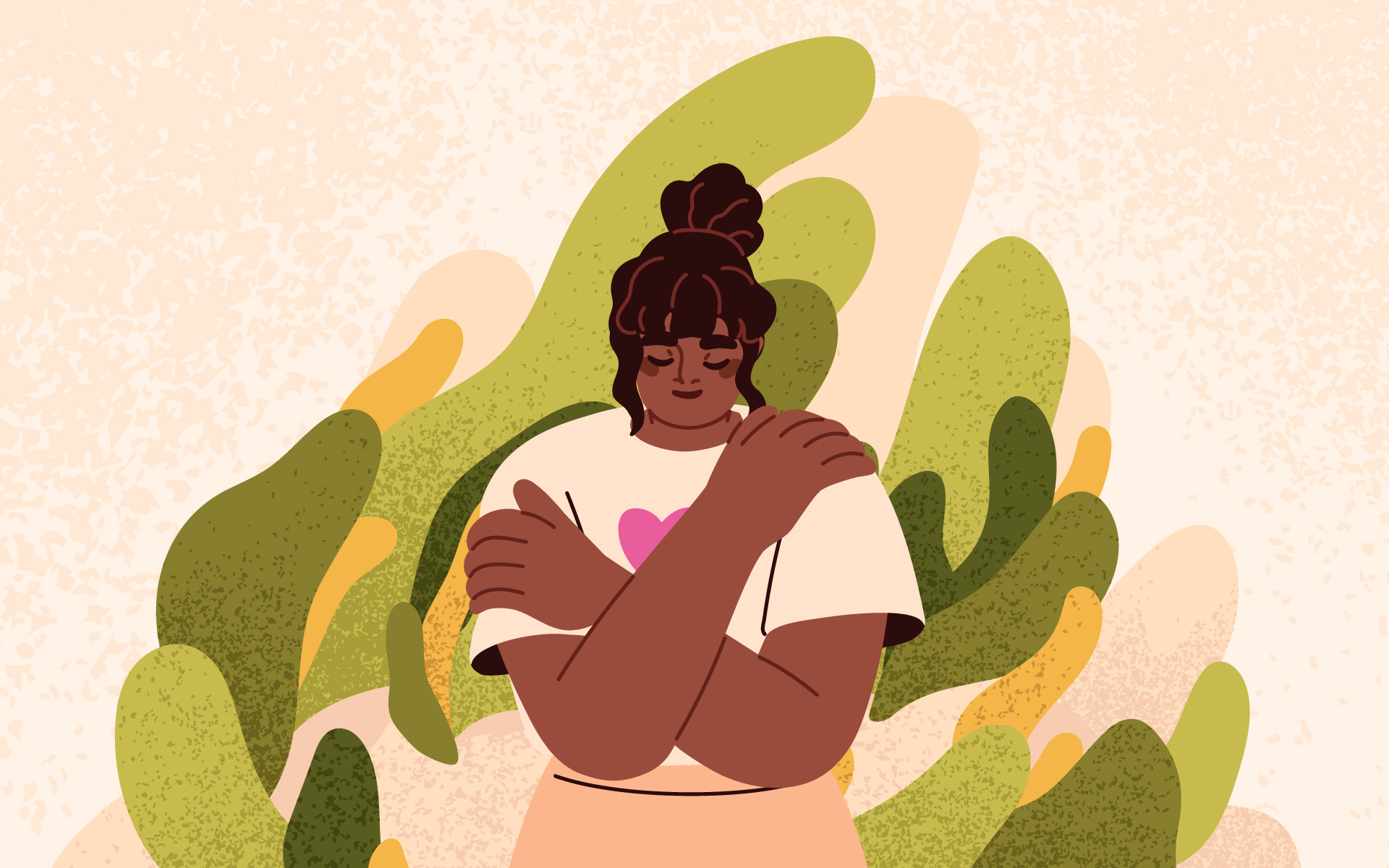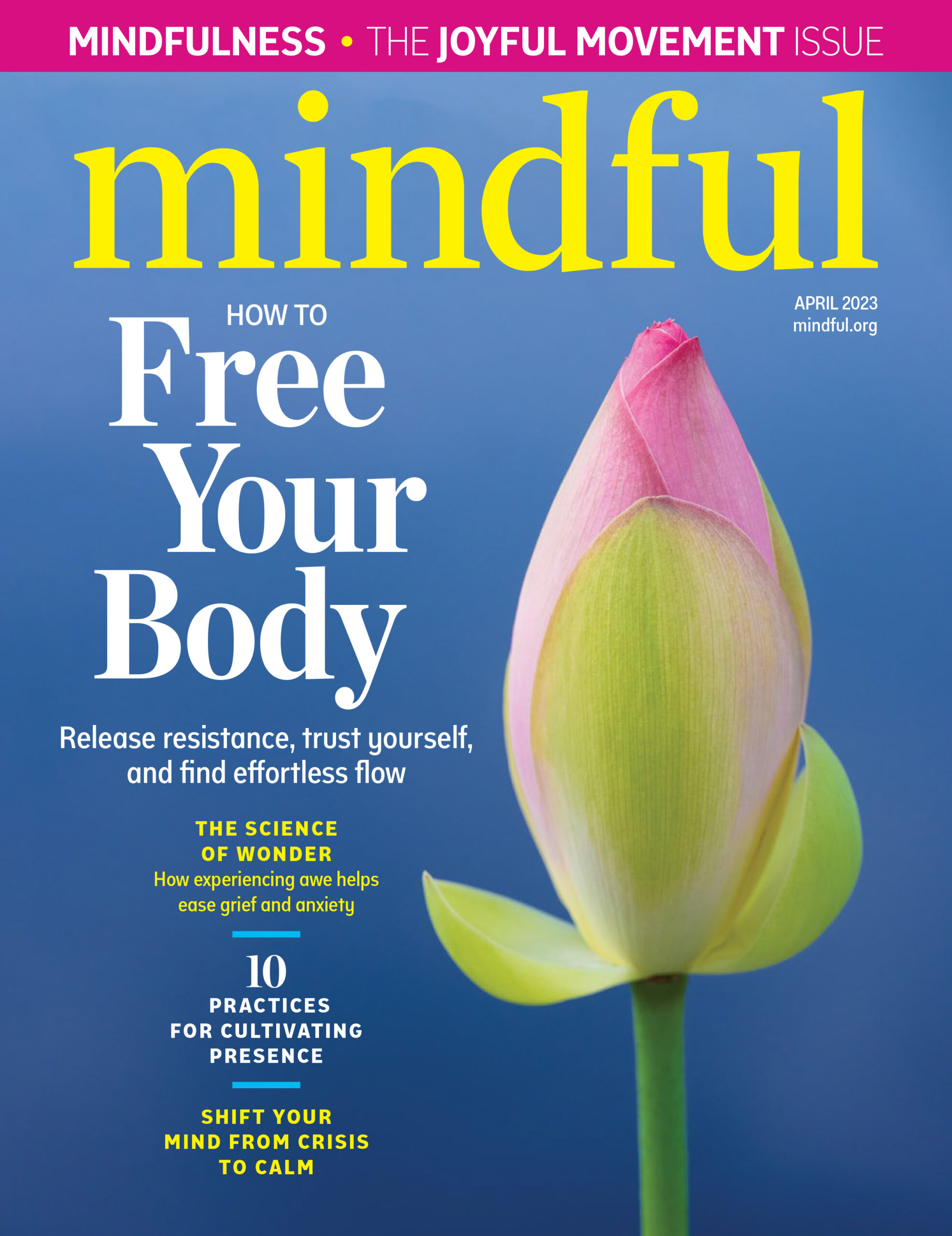Bianca feels compelled to keep her three-story house so organized, tidy, and clean that certain chairs must stand in only certain precise places; bathroom towels must be arranged and folded just so; the dishwasher must be loaded according to a strict, undeviating system; and tall glasses must be stored on the right of a kitchen cabinet, medium glasses on the left.
Suzanne’s house, by contrast, has been so consumed by her decades of hoarding that city authorities threatened to condemn it.
Superficially, the two women seem to be polar opposites. Look below the surface, however, and they are not so different. And their stories highlight a mystery that has long stymied students of the mind and which recent science is shedding light on: What are the roots of compulsions, and how do they differ from behavioral addictions, which we typically associate with activities like excessive drinking, gambling, or drug abuse?
As a child, Bianca had little say over her own life. Her mother chose her clothes, her furniture, even her friends and activities, and her mother’s moods swung unpredictably from white-hot anger to warm caring to cool aloofness. Having her fate in the hands of another was disquieting enough, but it was made even more stressful by never knowing, she said, “which mother I would have each morning.”
Bianca coped by developing a strategy that crystallized one year when her family arrived at their summer home. The dusting, de-cob-webbing, and other work overwhelmed her mother, leading Bianca to tell her, “We don’t have to do all of it right now. Let’s just clean up a little bit of lawn, and put out some chairs and a table so we can have a nice haven,” she recalled. “That was when I realized, even if I can’t fix everything, as long as one little place is in order, as long as there’s one little island where I can think clearly, it’s OK.”
That drive to create an island of order and calm in a sea of chaos and tumult grew stronger when Bianca—now a divorced, single mother—struggled to make her way after she emigrated from Switzerland to the United States. She needed “to have things where they belong and to do things in a certain way, even little things like arranging chairs or hanging coffee cups in the right place,” she said. Her compulsions “give me a sense of peace, a feeling that there are some things I have control of.”
As for Suzanne, by the time her five children were in school, she felt trapped in a marriage that brought her little joy and many bruises. “I remember thinking, I don’t want to live anymore,” she told me. She threw herself into her children’s activities, putting aside her own: “I thought, ‘Some day I’ll read that book. And some day I’ll get back to knitting.’” Her husband regularly brought home empty boxes from work (the only “gifts” he ever gave her), and gradually Suzanne filled them with her deferred dreams: books she hoped to read one day, magazine articles about a home improvement project she aspired to do, newspaper clippings about wonderful places to visit, materials to make Boy Scout projects and reupholster furniture—all “one day.”
Hoarding keeps her dreams in the eternal realm of possibility, sparing her the anxiety of confronting the reality of her life. Waving at towering boxes of newspaper and magazine clippings and more stuff than she can identify, Suzanne told me, “I had a dream that our life would be nice, that we’d go on vacation, or I’d have a beautiful garden, or a pretty room, like in magazines. But it didn’t work out. Instead of having the things I dreamed about, I have pieces of paper. It’s all I have.”
Addiction vs. Compulsion
One might say both women are addicted to what they’re doing: Bianca to tidiness and order, Suzanne to hoarding. The two terms are often used interchangeably not only in casual conversation (compulsive shopping seems synonymous with shopping addiction) but by experts. “It’s a real scientific controversy, how and in what ways addictions are or are not like compulsive behaviors,” James Hansell, a clinical psychologist at George Washington University, told me.
But recent research in psychology and neuroscience is starting to resolve that controversy.
Addictions bring pleasure, though they also build up a tolerance over time, as the addict requires more and more of the behavior (or substance) to get the same hedonic hit.
An addiction, goes the emerging understanding, begins with a flash of pleasure overlaid with an itch for danger: It’s fun to gamble or to drink, and it also puts you at risk (for losing your rent money, for acting like an idiot). Addictions bring pleasure, though they also build up a tolerance over time, as the addict requires more and more of the behavior (or substance) to get the same hedonic hit.
Compulsions, by contrast, are about avoiding unpleasant outcomes. They are born out of anxiety and remain strangers to joy. They are repetitive behaviors we engage in over and over to alleviate the angst brought on by the possibility of negative consequences. If I don’t check my phone constantly, I’ll miss an urgent demand from my boss or will feel like I don’t know what is going on. If I do not religiously organize my closets, my home will be engulfed in chaos. If I don’t shop, it will be proof that I can’t afford nice things and am headed for homelessness. “A compulsive behavior is one that’s done with the intent of decreasing an overwhelming sense of anxiety,” said Jeff Szymanski, executive director of the International Obsessive-Compulsive Disorder Foundation. The roots of compulsion lie in the brain circuit that detects threats, which is abnormally active in people with OCD and other compulsions.

A compulsion, in short, differs from an addiction because the initial impetus is alleviating anxiety, not finding pleasure. A compulsive behavior is a form of self-reassurance—Everything’s OK now that I’ve checked my phone 15 seconds after I checked the email on my desktop. Wait, maybe a new one has arrived…. From this point of view, Bianca and Suzanne are both ruled by compulsions.
An Age of Anxiety
Understanding that addictions are born out of joy and pleasure, and compulsions are born out of anxiety, is crucial to treating them. It also explains why compulsions like Bianca’s and Suzanne’s are so common. Ever since the 1947 publication of W. H. Auden’s The Age of Anxiety, ours has been an era defined by dreads both societal and personal. In any 12-month period, 18.1% of US adults suffer from anxiety intense enough to be a disorder, compared to 6.9% who suffer from major depression.
In any year, 18.1% of US adults suffer from anxiety intense enough to be a disorder, compared to 6.9% who suffer from major depression.
It’s hardly surprising that our age of anxiety has given rise to so many people who are in the grip of a compulsion. We can’t force our ideal online date to find us in the digital sea of possibilities or stop bomb-toting fanatics from driving to Times Square. So we control what we can, compulsively cleaning or checking, hoarding or shopping or surfing the net in order to drain enough of our anxiety to function. Against tectonic social and economic forces that feel as uncontrollable and overwhelming as the waves on a rocky seashore, we seize on anything that restores a sense of agency. Compulsions are the psychological equivalent of steering into a skid. It’s the counterintuitive thing to do, but ultimately, for many, at least on their own terms, it’s effective.
RESEARCH:
What is OCD?
Obsessive-Compulsive Disorder is a chronic, long-lasting disorder involving uncontrollable, recurring thoughts (obsessions) and behaviors (compulsions).
Common obsessions: fear of germs; unwanted or forbidden thoughts about sex, religion, and harm; aggressive thoughts toward self/others; creating symmetry. Compulsions: excessive cleaning, ordering things in a particular way, repeatedly checking if you locked the door, compulsive counting. In OCD, the urges are strong, joyless, and uncontrollable without intervention.
See the National Institute of Mental Health’s website for more information on OCD.







